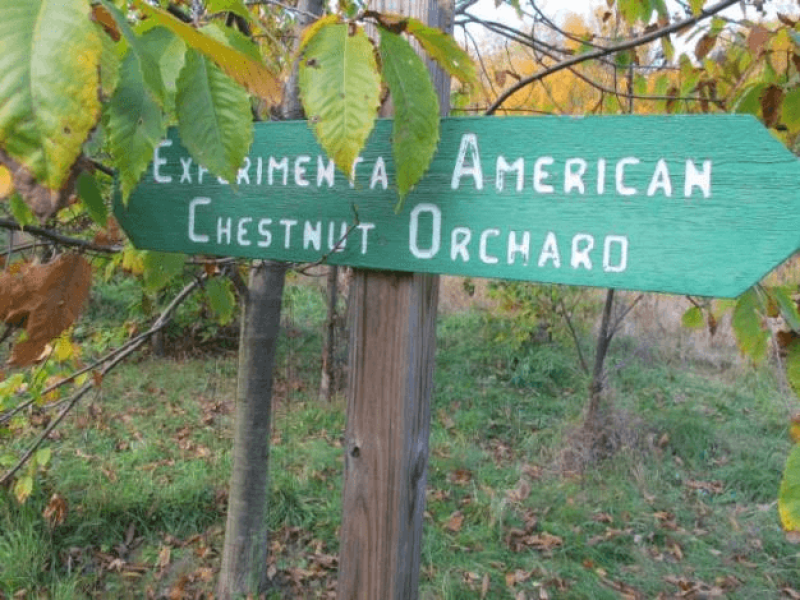The American Chestnut Foundation has poured years of work into a line of chestnuts genetically engineered to endure a deadly disease infecting them, an effort meant to be one of the best hopes for its survival. Then an October visit to a chestnut field in Indiana delivered a blow to that vision.
[O]ne tall tree [was] next to one shorter than normal. Another tall, another short. It meant some may not be able to compete for sunlight if placed in the wild.
The team was meant to be working with a tree dubbed Darling 58, developed by the State University of New York College of Environmental Science and Forestry (SUNY ESF). But Westbrook and others would soon discover that many of the trees they were working with were not Darling 58 trees at all. They were a different variety of chestnut — with the gene inserted into the wrong spot.
The mistake would prove to be the latest in a series of concerns, driving the American Chestnut Foundation to pull its support [recently] for the Darling line.
…
But Andrew Newhouse, director of chestnut restoration at SUNY ESF, said his team is moving forward with seeking federal approval to begin distributing seeds to the public — but without the 5,000-member foundation as its longtime partner and financial backer. Concerns over how the trees are growing in the field, he said, are overblown or can be overcome. The school is awaiting the green light from the Agriculture Department and Environmental Protection Agency.
…
Newhouse said experiments his team has already done show Darling 54 nuts are safe to eat. His team is testing its own trees to how many true Darling 58 trees it has, estimating the school has “dozens” left.































